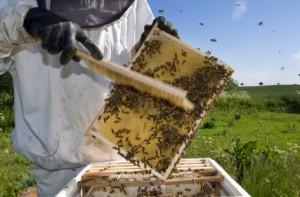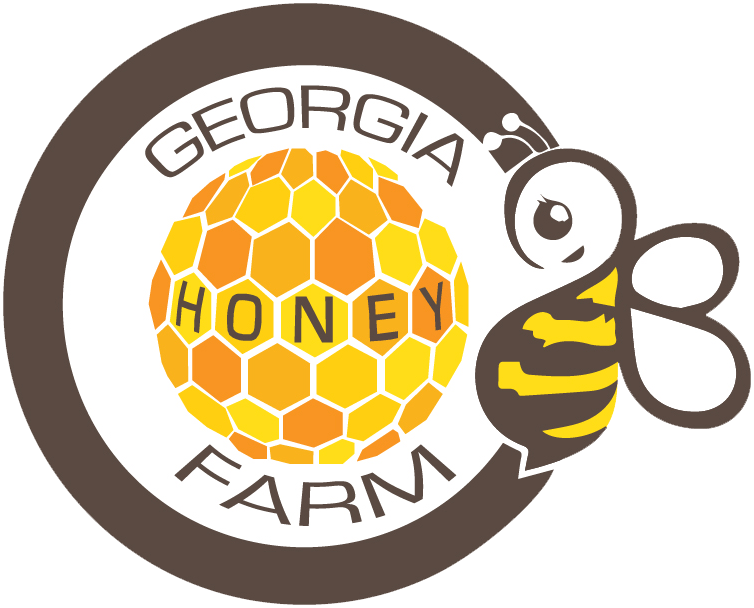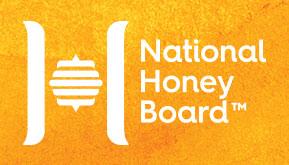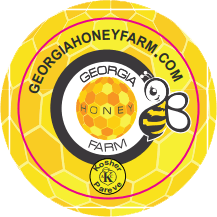Sweet Trivia:

How should I store raw & natural honey? Does it expire?
We repeatedly state that honey never spoils. However, honey can lose its aroma and flavor if it’s not stored properly. Because of honey’s composition, it absorbs moisture like a sponge. Honey can be stored in room temperature if it is expected to be consumed in a short period of time. Otherwise, keep the honey in a cool, dark place where it won’t be exposed to light. Honey has been called the only food that truly lasts forever, thanks to its magical chemistry and the handiwork of bees. The nectar from flowers mixes with enzymes inside the bees that extract it, which changes the nectar’s composition and breaks it down into simple sugars that are deposited into honeycombs. Fanning action from the bees’ wings and the enzymes from their stomachs create a liquid that is both highly acidic and low in moisture—truly inhospitable digs for bacterial growth.
The processing and sealing of honey also adds to its indefinite shelf life. Despite being low in moisture, honey’s sugars are hygroscopic, which means that they take in moisture from the air. When the heated and strained honey is sealed properly, moisture cannot be absorbed, and the honey stays the same forever. The oldest jar of the sweet stuff ever found is believed to be 5500 years old.
Is there such a thing as organic honey?
When it comes to honey, is the stuff you are getting actually organic? Simply put – no. There is no such thing as organic honey. Because bees go all around and take nectar from a myriad of locations, it cannot be guaranteed that any honey is 100% organic. In a recent test of commercially available honey, 98% of samples were contaminated with pesticides. The most common was miticides, designed to kill mites that are known to harm crops the country depends on for survival. This study was conducted across the United States and also in one Canadian province.
Darker honey or white “Foam” means the honey has gone bad?
Honey comes in all colors and flavors. The color, taste and even scent can vary widely depending on the source of the flower nectar, region, soil and climate. Warmer temperatures, storage and age also tend to darken the honey and change the flavor. The white “foam” that appears at the top of honey is simply air. This “foam” is a result of tiny air bubbles in the honey escaping to the top of the bottle.
How do we keep single varietal or monofloral honey in its purest form for our customers?
To keep single varietal or monofloral honey in its purest form, beekeepers would remove a honey previously produced in the beehives to prevent contaminating the next honey to be produced from the next flower in bloom.






